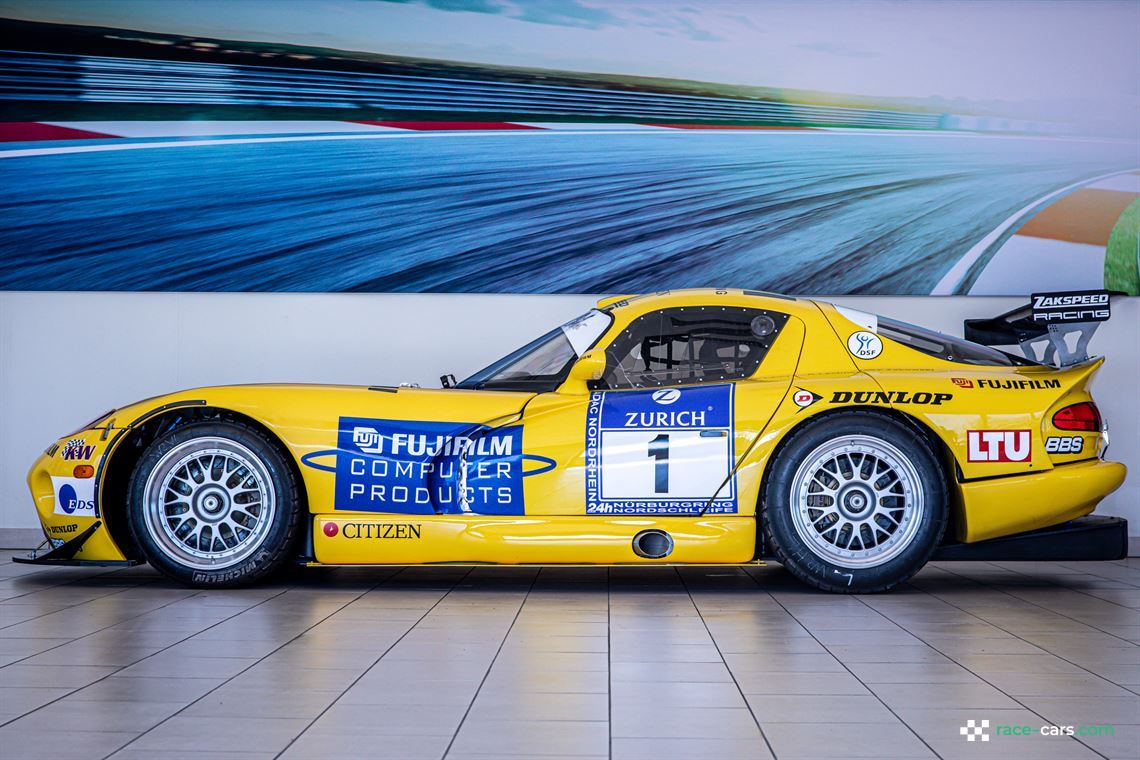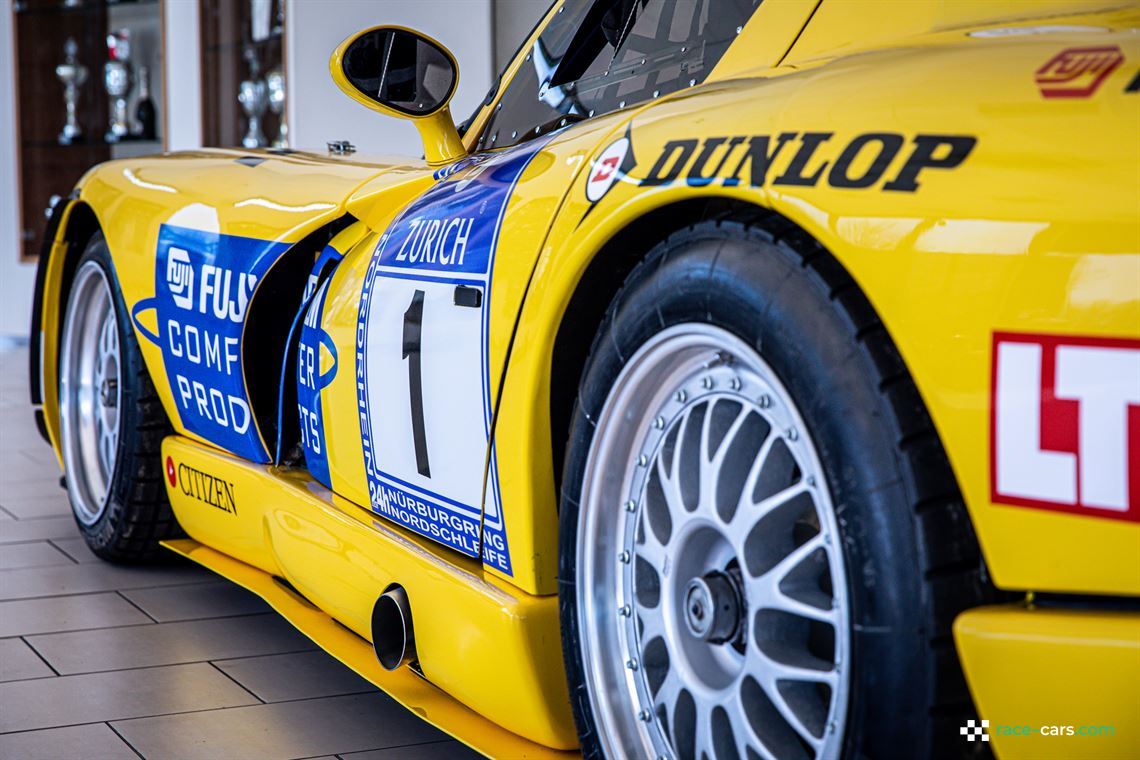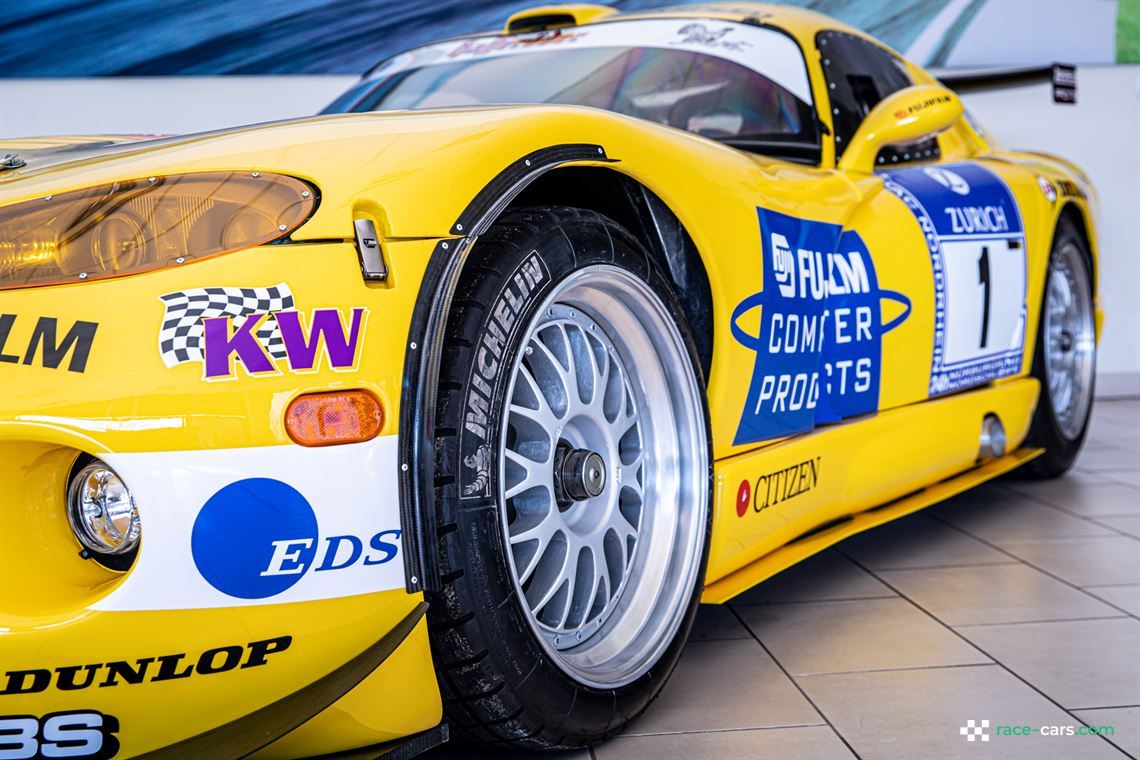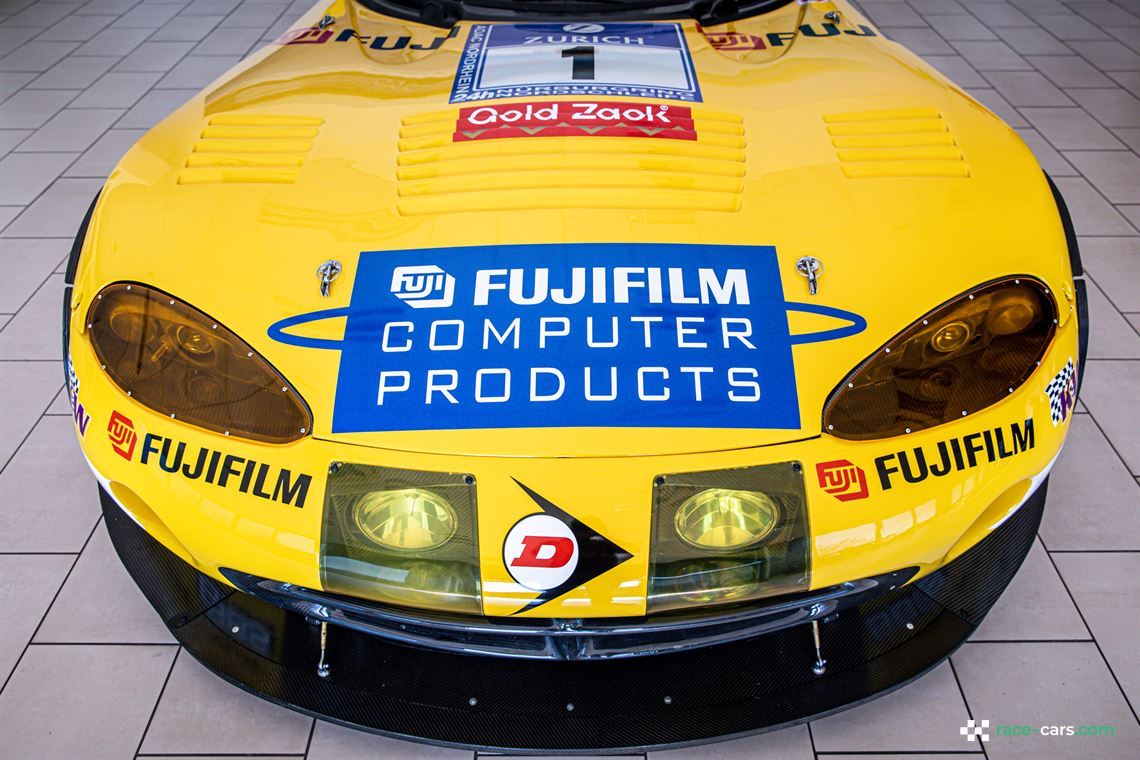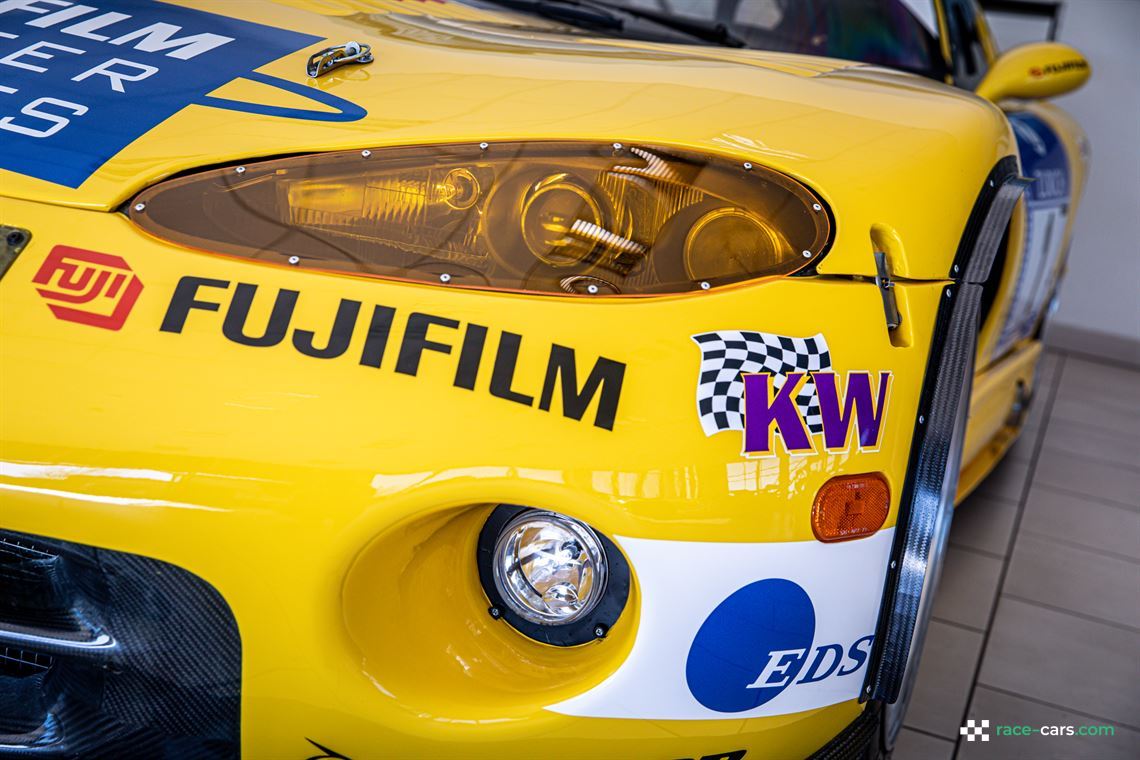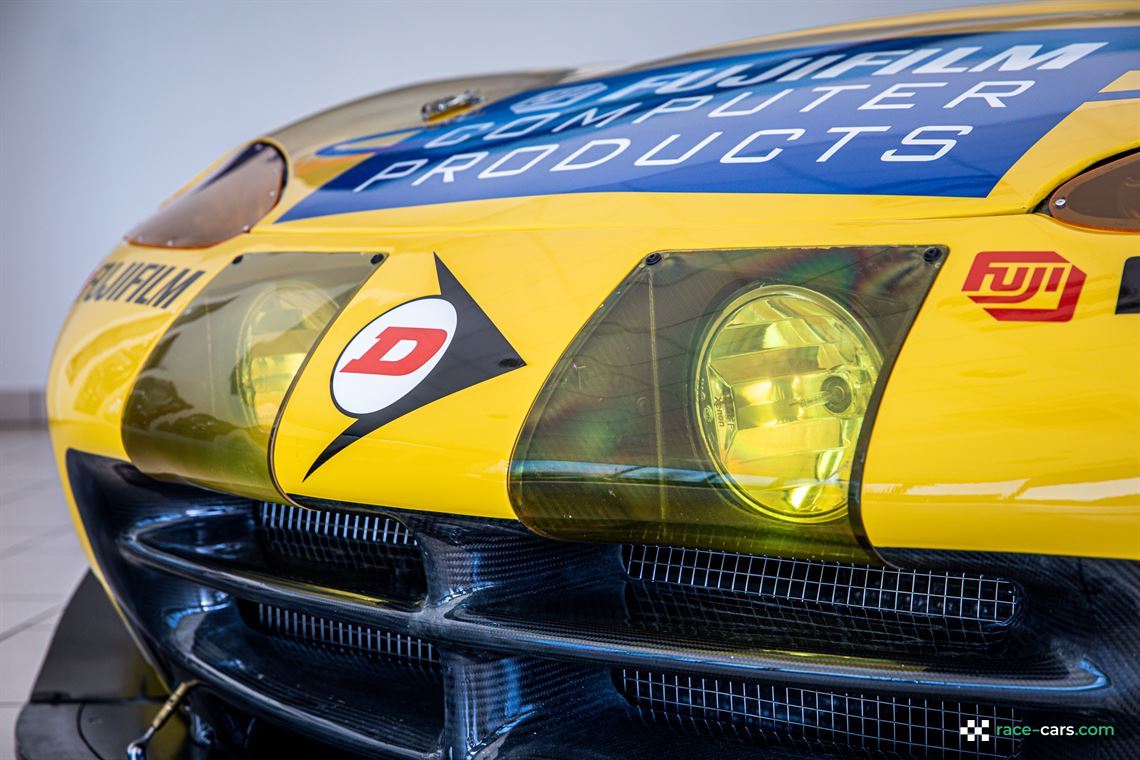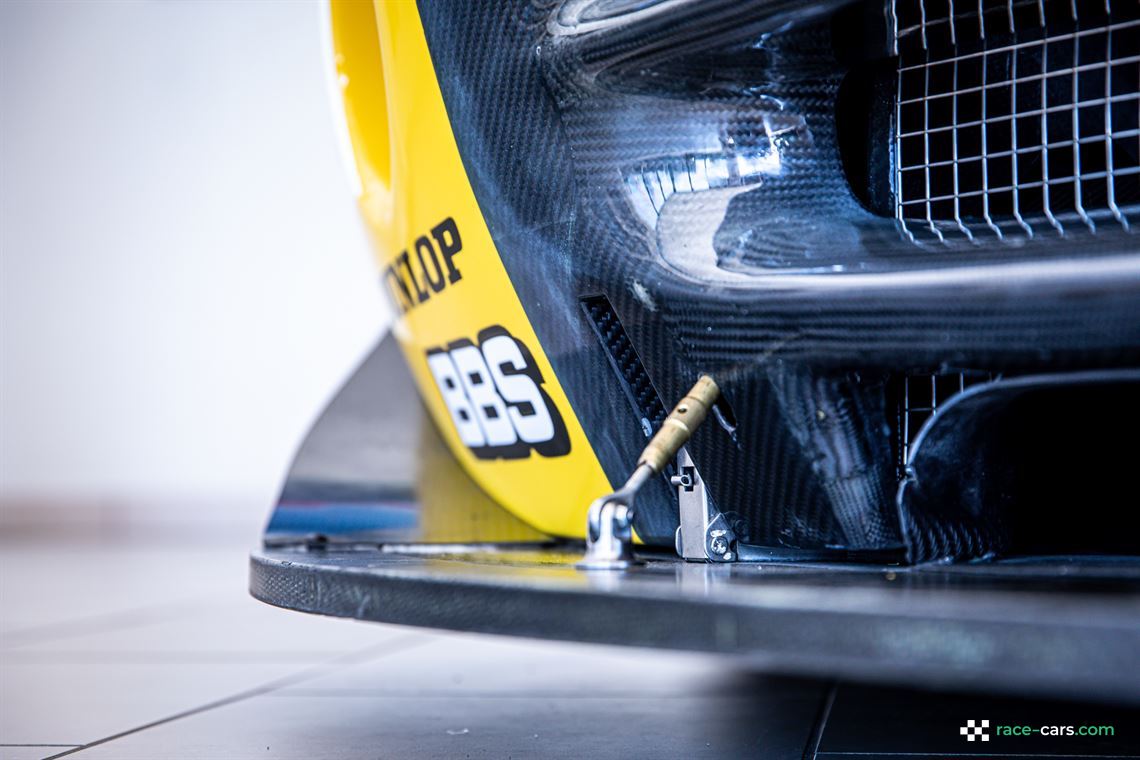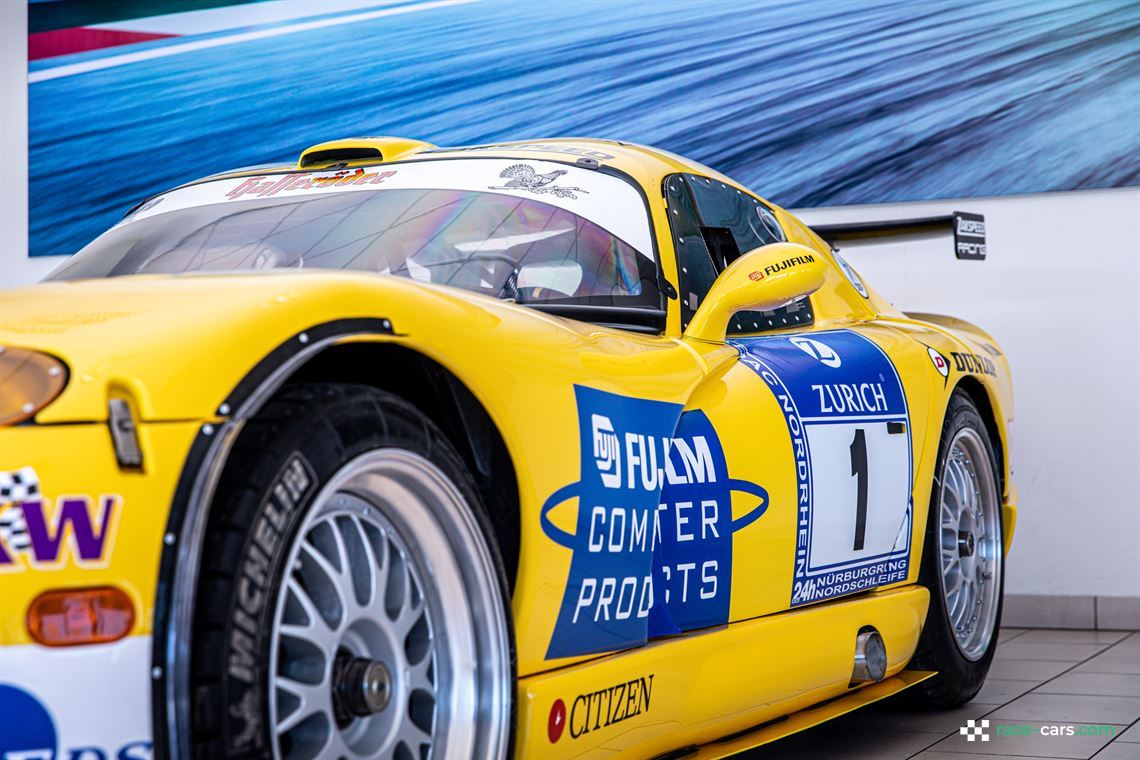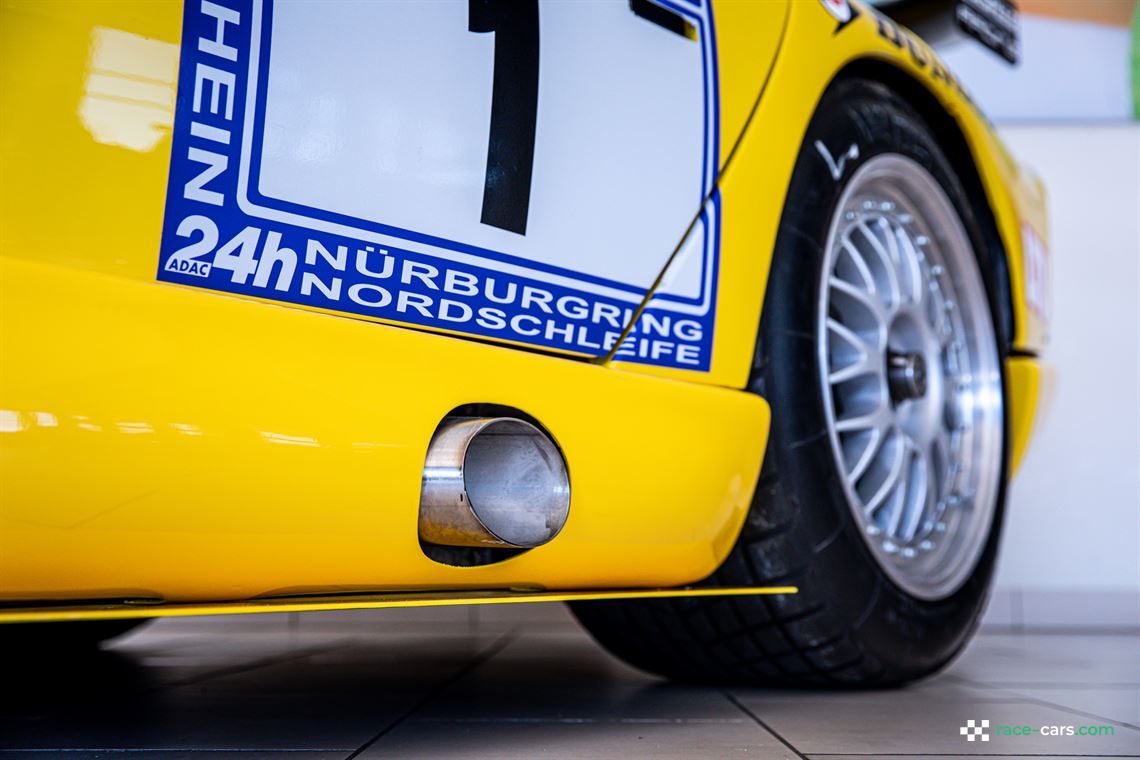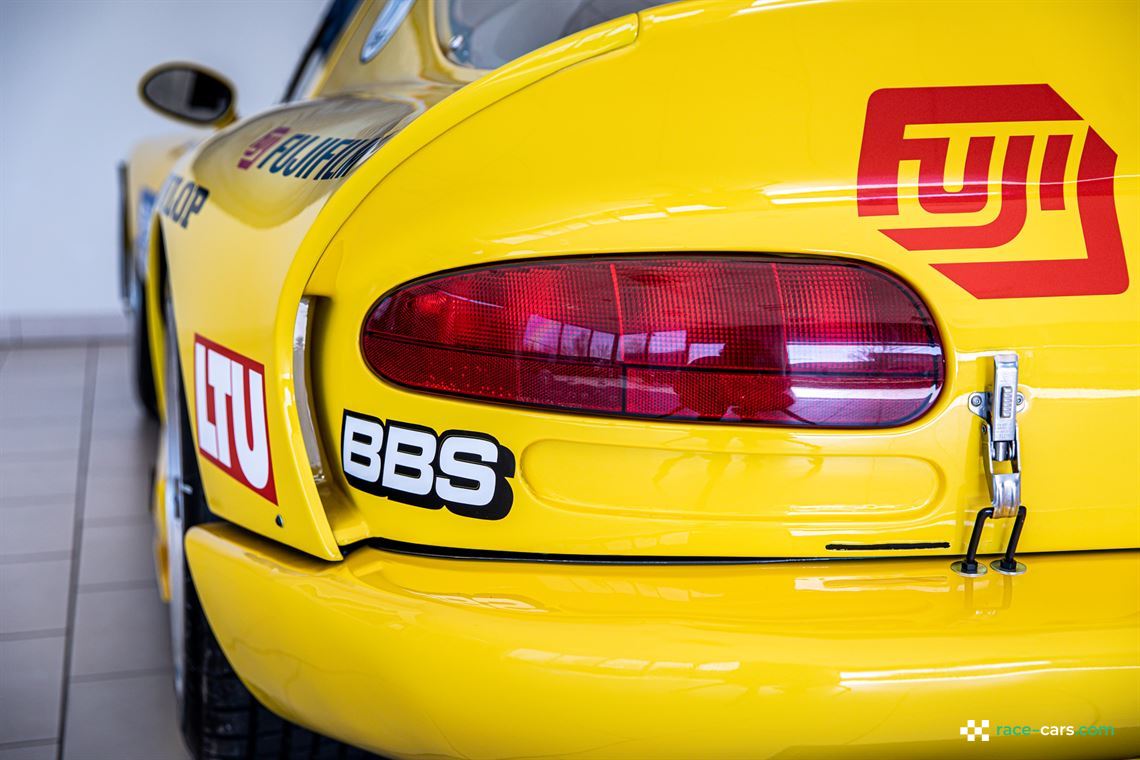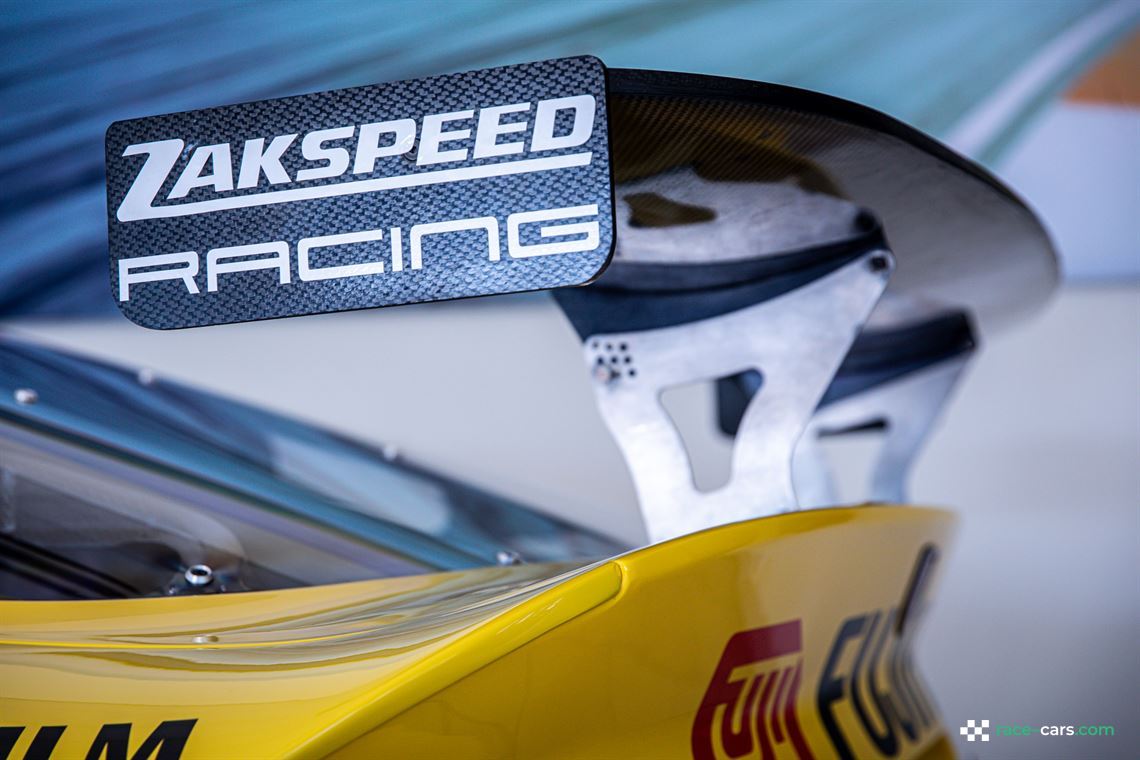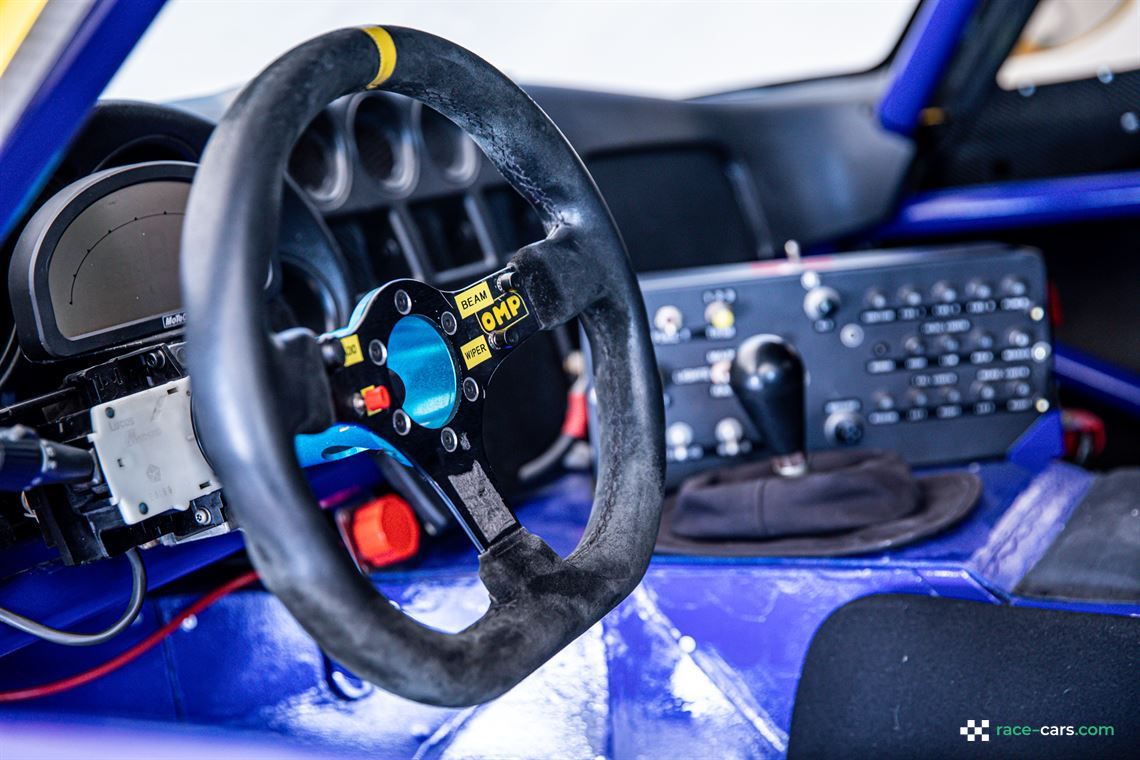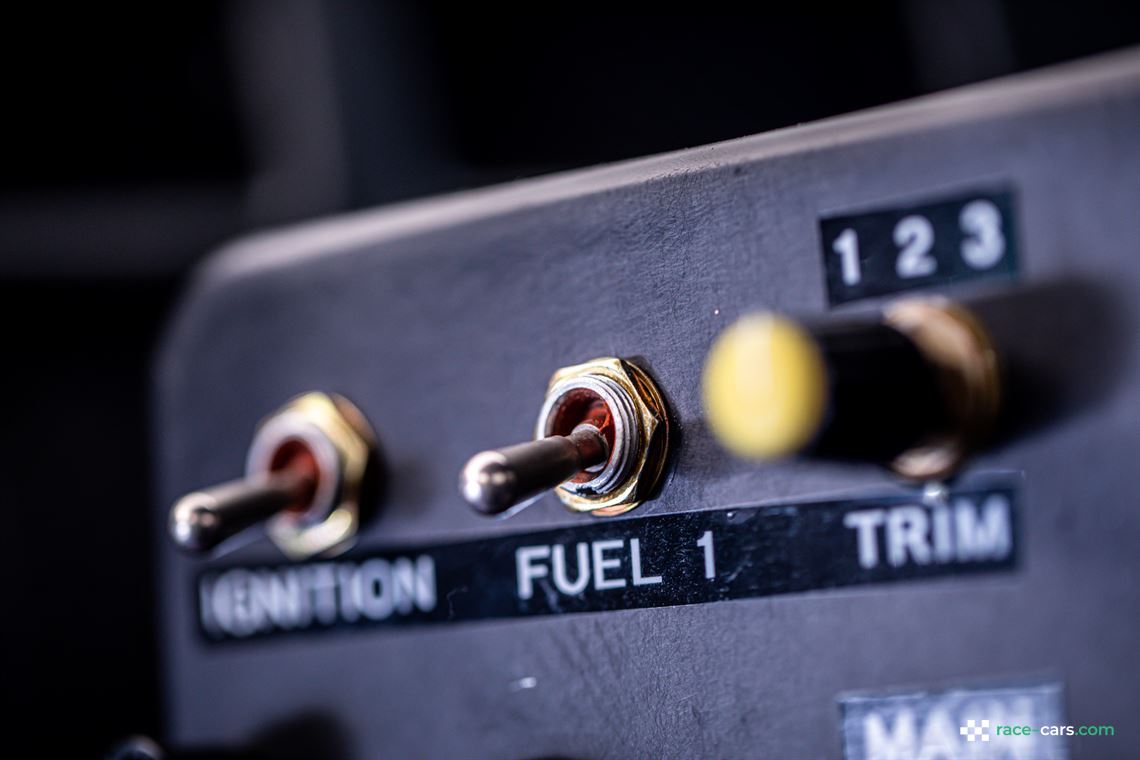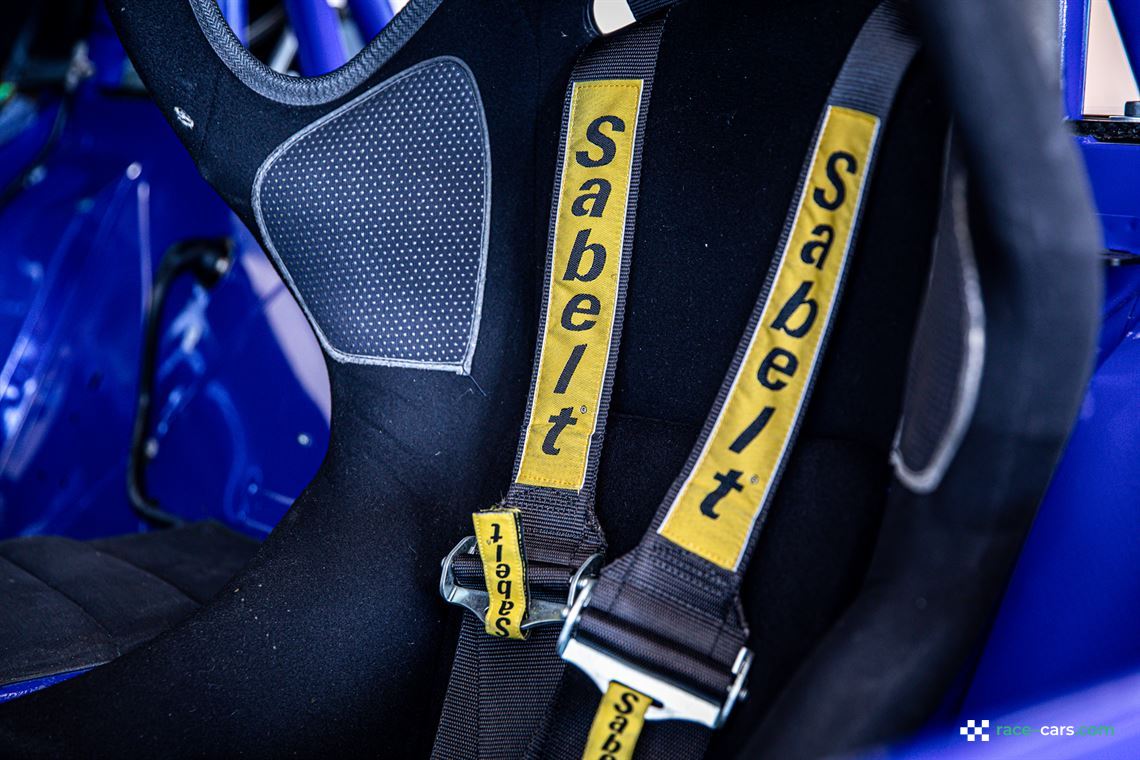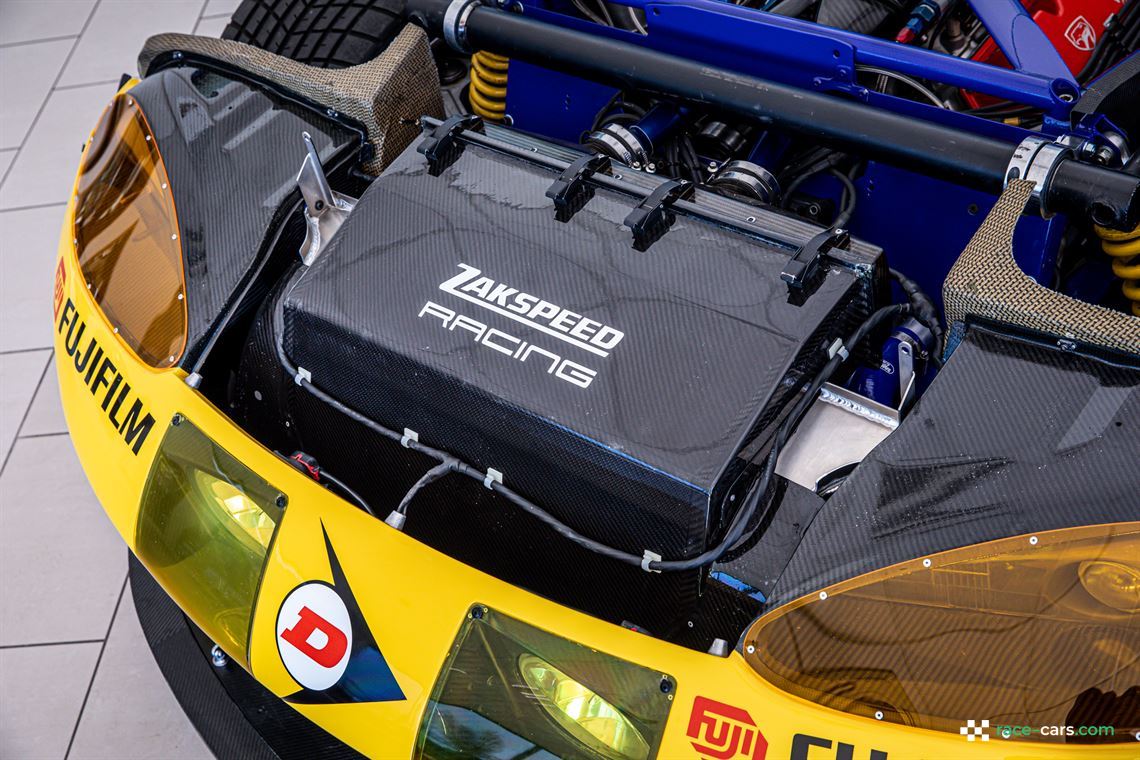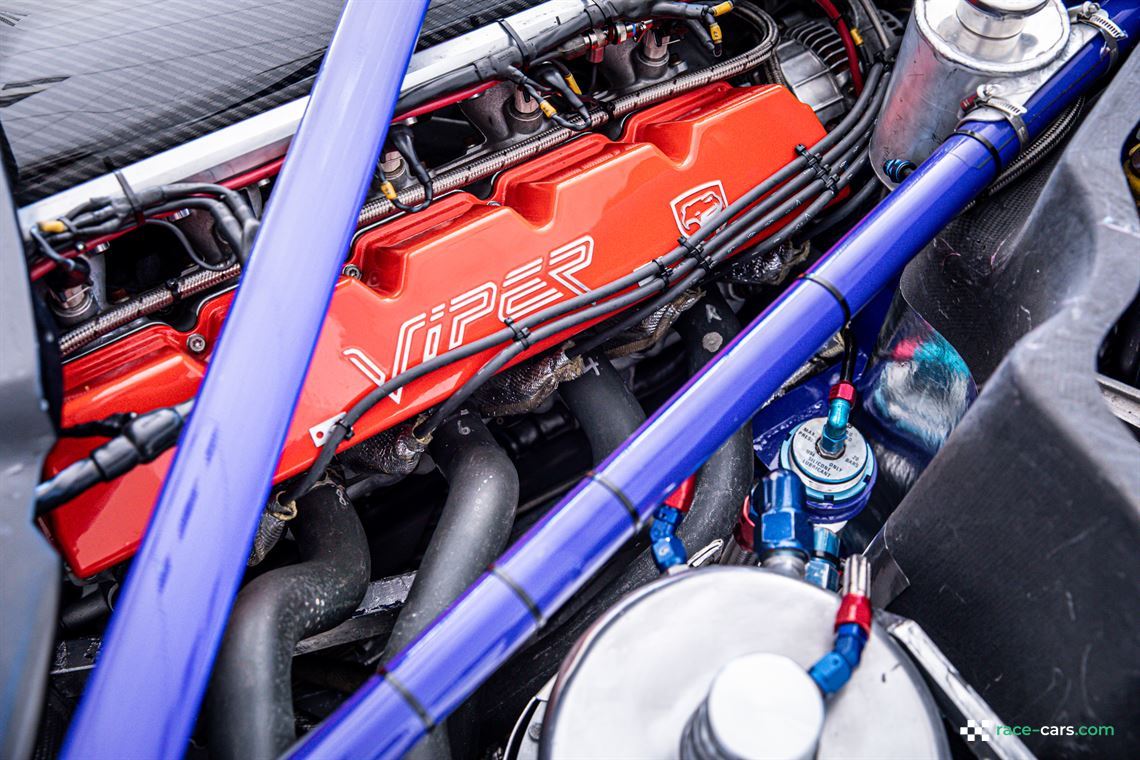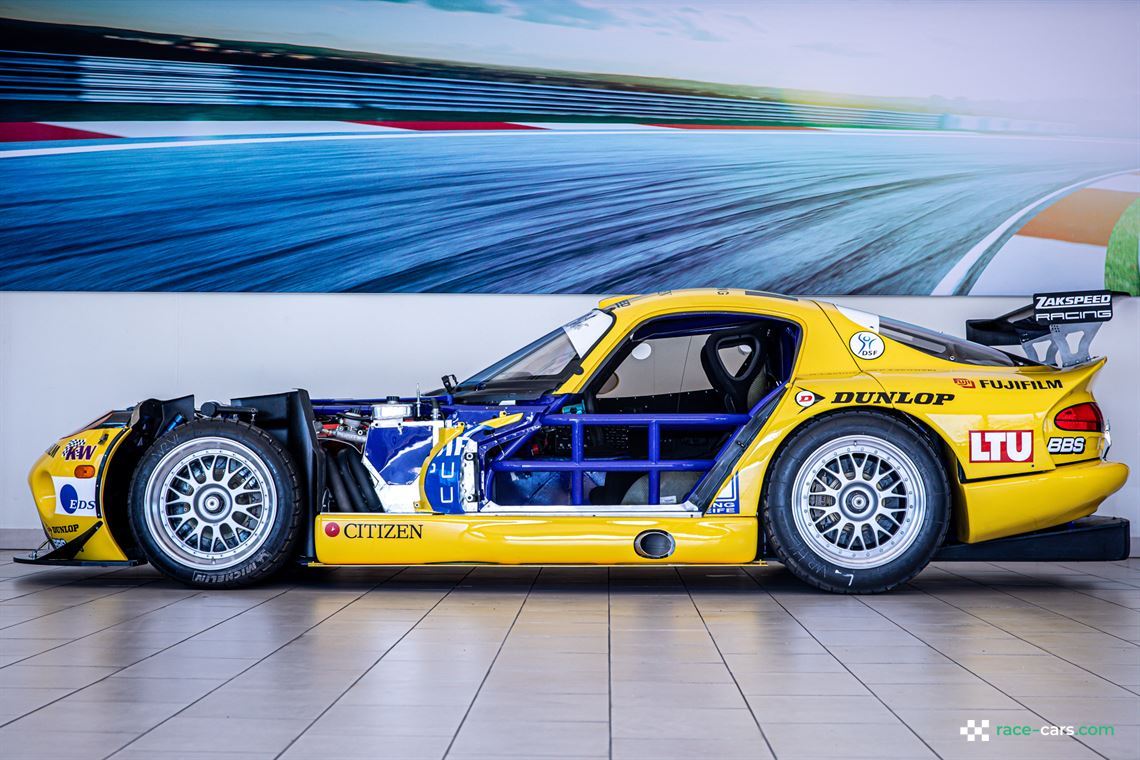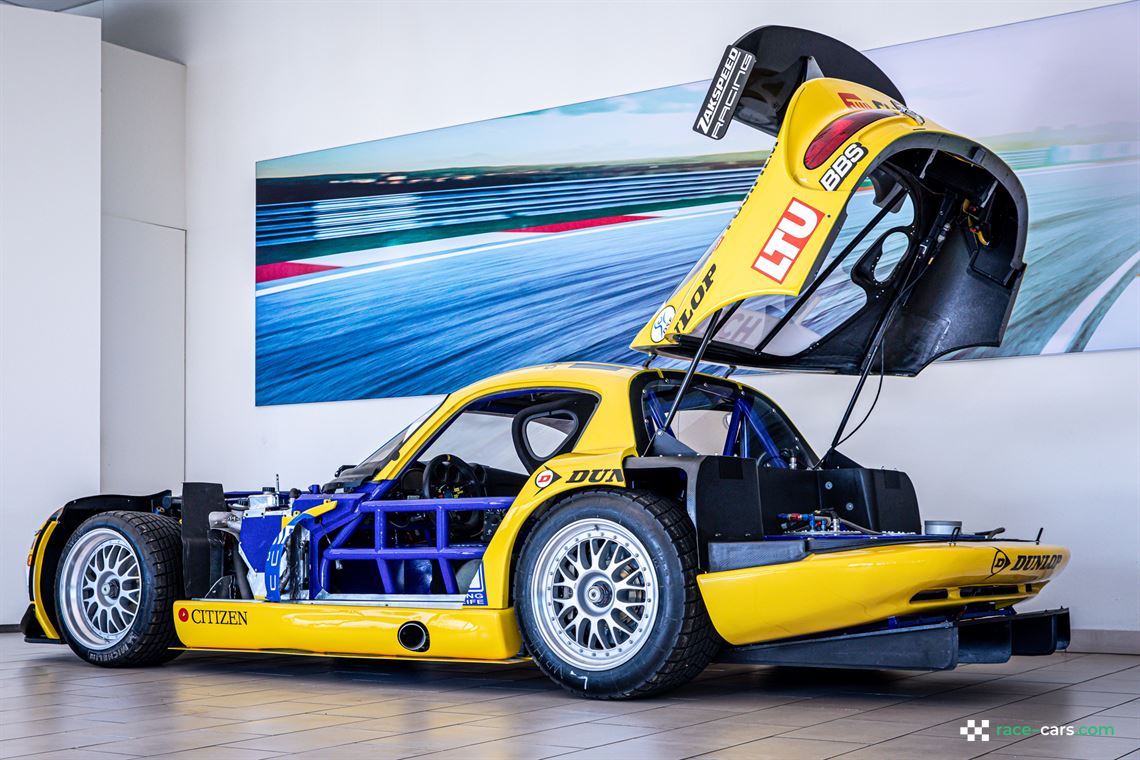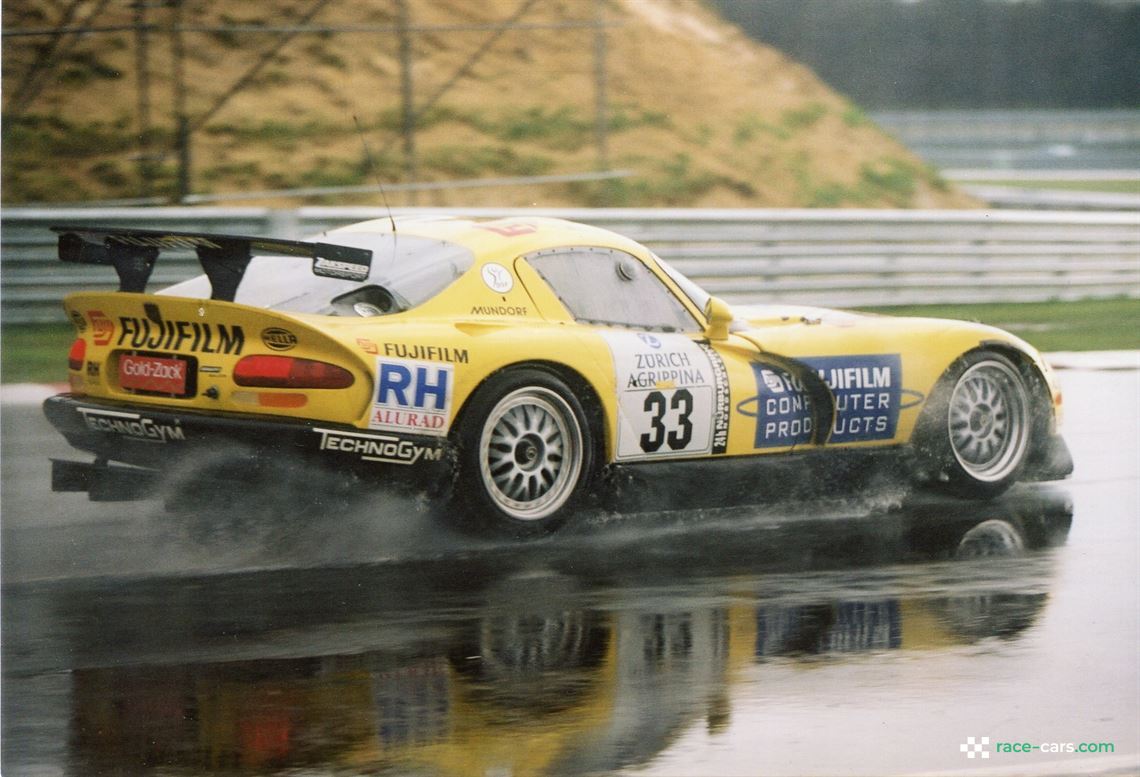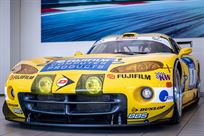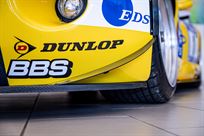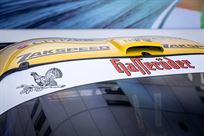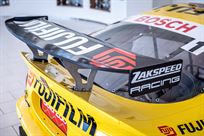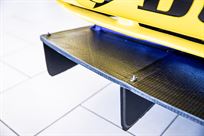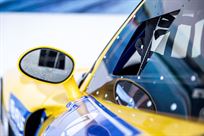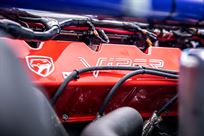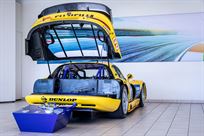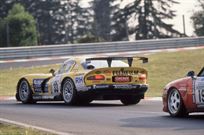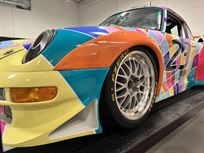Race Cars
€ 750,000+Tax
Viper GTS-R GT2 chassis no. GTSR C36
Description:
Viper GTS-R GT2 chassis no. GTSR C36
Built by Oreca in 2000 for Team Zakspeed.
In the early 1990s, first generation Dodge Viper RT/10s had been modified by racing teams for use in GT racing in North America and Europe, but without much success. Although its V10 engine was powerful, it proofed not enough to compensate the rest of the car… Struggling with sales in Europe, Dodge noticed the private efforts, and were of the opinion that going racing the wright way could help the sales. Dodge's parent, Chrysler, approved the development of a racing program centering on the Viper GTS. It turned out to be hugh success….
Chrysler believed that in order to adapt their car to European circuits, they would require outside assistance. French well-known racing firm Oreca would construct and maintain the racing cars in their shops, as well as run Chrysler's official factory teams in Europe. The cars debuted in 1996 in the Daytona 24 Hours, and in the BPR Global GT series. Originally build as GT1 cars, it meant competing to the likes of Porsche and Mercedes GT1 cars. These were specially build track cars, and in fact a class of their own. Switching the Vipers from GT1 to GT2 regulations, proved to be the right call. The success of the Viper GTS-R GT2 became legendary, winning the FIA GT Championship three times, winning the Le Mans 24 Hours three times and a outright victory over the Daytona 24 Hours in 2000 to name a few…
Convinced by the performance of the Viper’s, German team Zakspeed decided to take part in the Viper story. From 1999 to 2008 various Vipers with different configurations were further developed at Zakspeed especially for the Nordschleife and adapted to the respective regulations.
1999 was their first year with the Viper, outright winning all the VLN championships races, as well as the win in the famous 24 hour race of the Nordschleife. In the years to come they continued to show their strength, winning the famous 24 hour race 3 times from 1999 until 2002. Around the same time, the race began to attract interest with the big German manufacturers and teams, and the ADAC organizers were inclined to put a block on the mighty Viper… they started changes the rules for the Viper, initially with fuel load restrictions and then later with engine capacity restricted to a maximum of 6.2 litres (the Viper GTS-R has an 8 litre V10!), hoping that they would go away…..
But as is often the case though smart people make the rules, and sometimes smarter people find ways around them… So in 2003 Zakspeed tried two separate plans in the wake of this rule that restricted the “Chrysler Viper” to 90 litres per fuel stop. The first was perhaps one of the most ingenious, and potentially terrifying, innovations in the modern era, a complete quick change fuel tank! To save time during the many fuel stops, Zakspeeds plan was to lift the empty fuel tank clean out of the car at each stop, and replace it with another, already full tank. The Viper’s complete rear bodywork swings open; the empty fuel tank is lifted out of the chassis; and another, pre-filled fuel tank is put into its place. All this in just a few seconds!
The other thing they tried, was renaming the car on the homologation form. Zakspeed having noted that the restriction on fuel load very specifically applied to a “Chrysler Viper”, they decided to enter the car, with correct homologation papers, as a “Dodge Viper”, in a attempt to get out under the rules.
In the race though things started to swing against Zakspeed and as officials seemed to realize, rather late in the day, that the intention of their rules – effectively to slow down the Viper – had been bypassed. Although the Viper won it’s class, they got disqualified in the end….
For 2005, the organizers had cut the engine capacity back to 6.2L, and so thought they had seen the last of the Vipers. But Zakspeed engineers had other plans… By removing the rods, pistons, valves/ springs and rocker arms and plugging the lifter bores of the front two cylinders the engines were effectively converted to 6.2 litre V8s, but still putting out aprox. 600 bhp! The team entered two cars, and the #77 car (Peter Zakowski, Sascha Bert and Robert Lechner) won the A8 class and finished on the overall podium in third!
This specific car, with chassis no. GTSR C36, was built by Oreca in 2000 to GT2 specifications valid at that time. This in commission for Team Zakspeed in Germany. It has been used from 2000 onwards in German VLN championship and 24 hour races on the Nurburgring. Further to this the car got entered in the FIA GT 24 hour race of Spa-Francorchamps in 2003.
The car always remained in ownership of Zakspeed, and they recently rebuilt the car from ground up. The car is now fitted with the a original 8,0 Litre V10 engine, that has been fully rebuild. Still fitted is the “quick release” fuel cell and the “swinging” rear bodywork.
The car is accompanied by it’s DMSB Wagenpass, with the homologation changes stated. (Chrysler to Dodge, 8.0L engine to 6.2L)
This car has seen action in the VLN with the highlights put on:
2000 24h Nurburgring 2nd place overall Zakowski, Huisman, Beltoise
2002 24h Nurburgring 1st place overall Zakowski, Lamy, Lechner
2003 24h Nurburgring 1st place, but DISQ. Zakowski, Lamy, Lechner
2003 24h Spa-Francorchamps in FIA GT championship
2003 onwards: additional 5 overall wins in VLN races
Advertised on behalf of my customer based on information supplied by them.
Keyword Search Terms:
Viper GTS-R GT2 chassis no. GTSR C36. Built by Oreca in 2000 for Team Zakspeed.Details:
| Item Location: | Netherlands, Europe |
|---|---|
| Seller: |
Race-Cars.com Joined January 2009 |
|
Mike Walters Seller's other listings |
|
| Company: | Race-Cars.com |
| Country: | United States of America |
| City: | Race-Cars.com |
| Phone: |
+1 737 241 3999 +1 737 241 3999 |
| Condition | Rebuilt |
| Trade or Private: | Trade |
| Currency: | |
| Price: |
€750,000+Tax
|
| Added: | 12/15/2023 |
| Views: | 10495 |
|
Share by Email Print page Report Sold |
|





